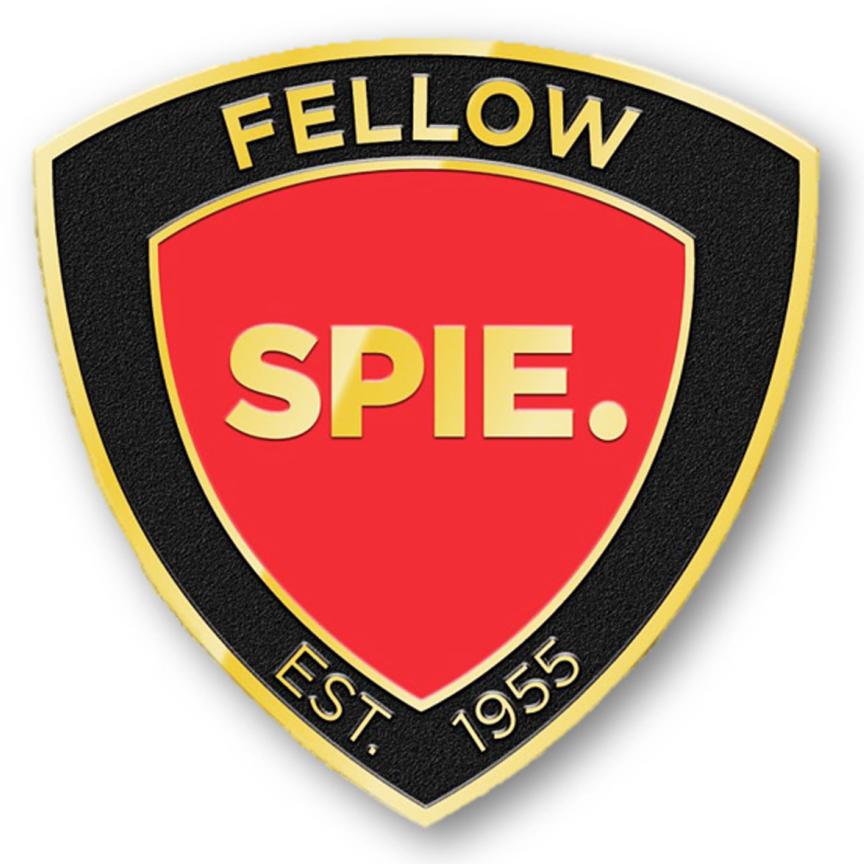Four scientists have been commended by SPIE for work in translational research. The researchers were presented with awards on 8 February during the biophotonics and biomedical optics conference, BiOS, which took place as part of Photonics West in San Francisco.
The innovations honoured included: a minimally invasive procedure for delivering therapeutics into the eye to treat retinal degeneration; a spectroscopic technique for monitoring spinal cord ischemia; a smart bandage that monitors oxygenation of wounds and gives an indication of hypoxia; and the development of a lens-free microscope.
Ygal Rotensterich from the Tel Aviv University and Sheba Medical Centre in Israel developed the procedure for treating retinal degeneration, which, he said, takes around 3 minutes and is able to inject drugs into the eye as a thin layer that spread over around 70 per cent of the eye’s circumference. The needle injected into the eye can also be attached to a fibre optic probe for real-time imaging.
Angela Kogler at Stony Brook University presented her research on a spectroscopic device for interoperative monitoring of spinal cords. The technique involves inserting a fibre optic probe in the spine, which interrogates the oxygenation and blood flow at the tissue at a depth of around 1cm. She said that there was an unmet clinical need for a direct method to monitor the spinal cord during surgery.
The two other awards went to Zongxi Li of the Massachusetts General Hospital, USA for a smart bandage, and Yibo Zhang at the University of California, Los Angeles, USA for a lens-free microscope. The bandage incorporates a sensor to measure tissue oxygenation – it contains phosphors that emit light depending on how much oxygen is present. One possible use is to predict whether patients with diabetic wounds will develop ulcers because of poor oxygenation of the wound tissue.
The lens-free microscope uses a sensor array to capture the light shadows from a cell sample and builds up a 3D image through a series of holograms. It could provide high-throughput 3D tissue imaging in applications like cancer screening.
Belgian research organisation Imec was also exhibiting a lens-free microscope during Photonics West, which it has been developing for, among other projects, imaging the propagation of electrical impulses through a plate of cardiac cells. The microscope has a much wider field of view than a traditional optical microscope, meaning it could image how the impulses spread out through the sheet of cells much more effectively.
Lens-free microscopes in general could lead to less expensive, more portable technology for examining tissue, blood and other biological specimens.
Related articles:
Lens-free microscope rivals accuracy of optical microscopes
Smart bandage glows to show wound healing
Further information:

